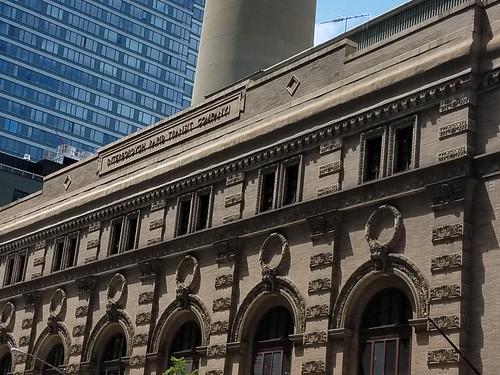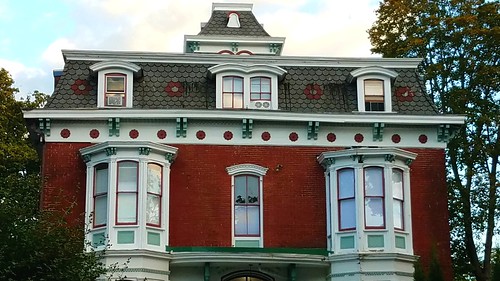This past two weeks in America have been an especially dark chapter of violence and hatred in a society already dealing with a foreboding sense that deep divisions are on some irreversible course in the United States. Today, on Election Day, we are, hopefully, taking positive, peaceful steps in our democracy.
In a suburban area of Louisville, Ky., last week, African-American families buried two of their beloved members, each shot to death while shopping on Wednesday, Oct. 24, at a Kroger supermarket. A white male gunman targeted them, not too long after he had tried but failed to get into the predominantly black First Baptist church in the suburb of Jeffersontown, according to law enforcement authorities. He shot Maurice Stallard and Vickie Lee Jones, neither of whom he knew personally. Federal authorities are weighing whether to charge the suspect with committing a hate crime. Police say the gunman shot Stallard, 69, as he shopped with his 12-year-old grandson for poster board, according to the Courier-Journal of Louisville. Jones, 67, had moved to Jeffersontown to be safe. Both families are suffering the incalculable depth of pain in losing a beloved one to violence.
In Pittsburgh, the families and community of the Tree of Life Synagogue are dealing with this pain and horror that happened during the same week. On Oct. 27, a man walked into the temple during shabbat, opened fire, and killed 11 synagogue members who were worshipping. The gunman had become more radicalized and disturbed in recent years, posting online rants against refugees and Jewish people at a site that white nationalists favor. His last posts were full of disdain toward the migrants in the caravan from Central American countries. He expressed vitriol toward the Hebrew Aid Immigrant Society (HAIS), accusing the group of bringing “invaders in that kill our people,” an unfounded conspiracy theory.
Even more distressing is the larger national connection and its implications. Though the suspect expressed reservations about President Donald Trump, his agitation and inflammatory speech mirrored the fear-mongering statements the President and right-wing outlets have repeatedly made about the immigrant caravan as “invaders.” The senseless, horrific tragedy struck at the heart of this synagogue, the historic Squirrel Hill neighborhood, and the Pittsburgh region. [Read more →]




